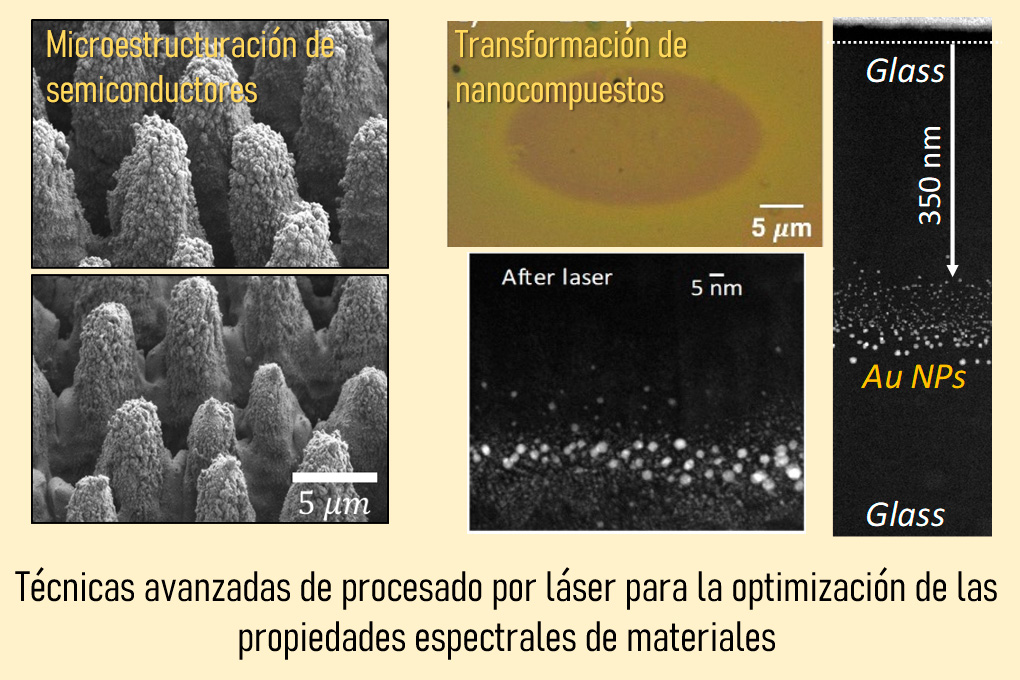Temperature-Dependent Anisotropic Refractive Index in β-Ga2O3: Application in Interferometric Thermometers
-
Anisotropic index of refraction implies that the material exhibits different refractive index values in different directions of propagation of light.
Madrid / July 4, 2023
Latest news

By analyzing the effect of temperature on the anisotropic refractive index of β-Ga2O3, the researchers obtained temperature-dependent dispersion relations using ellipsometry that was performed in the laboratories of the Institute of Optics.
To validate their experimental results, the researchers performed finite difference time domain (FDTD) simulations considering the exact morphology of the wires and the temperature-dependent anisotropic refractive index. The changes caused by the temperature variations observed in the experiments were similar to those obtained with the theoretical calculations, although slightly higher when implementing the refractive index obtained through ellipsometry.
This study provides valuable insights into the temperature-dependent behavior of the anisotropic refractive index in β-Ga2O3 and its impact on high-precision interferometric thermometers.
In addition, the results of this study open up new possibilities for using β-Ga2O3 in various photonic applications, such as sunlight-blind ultraviolet photodetectors for fire detection. /flames and new tunable luminescent devices.
This is a collaborative work between the Department of Physics of Materials of the Complutense University of Madrid, the Laser Processing Group of the IO-CSIC, the Department of Physics of the University of the Basque Country and the Group of Crystals and Semiconductors of the Washington State University.
IO-CSIC Communication
cultura.io@io.cfmac.csic.es
Related news
Amorphization and Ablation of Crystalline Silicon Using Ultrafast Lasers: Dependencies on the Pulse Duration and Irradiation Wavelength
Madrid / August 29, 2024Researchers from the Laser Processing group at the CSIC Institute of Optics and the LP3 Laboratory belonging to the Aix...
Predoctoral contract offer in the Laser Processing Group (4-year FPI contract)
Madrid / October 7, 2024The Laser Processing group of the Institute of Optics has published a vacancy to carry out a doctoral thesis entitled...
Dynamic restructuring of nickel sulfides for electrocatalytic hydrogen evolution reaction
Madrid / August 2, 2024An international team with the participation of the Laser Processing group of the CSIC Institute of Optics has published in...




